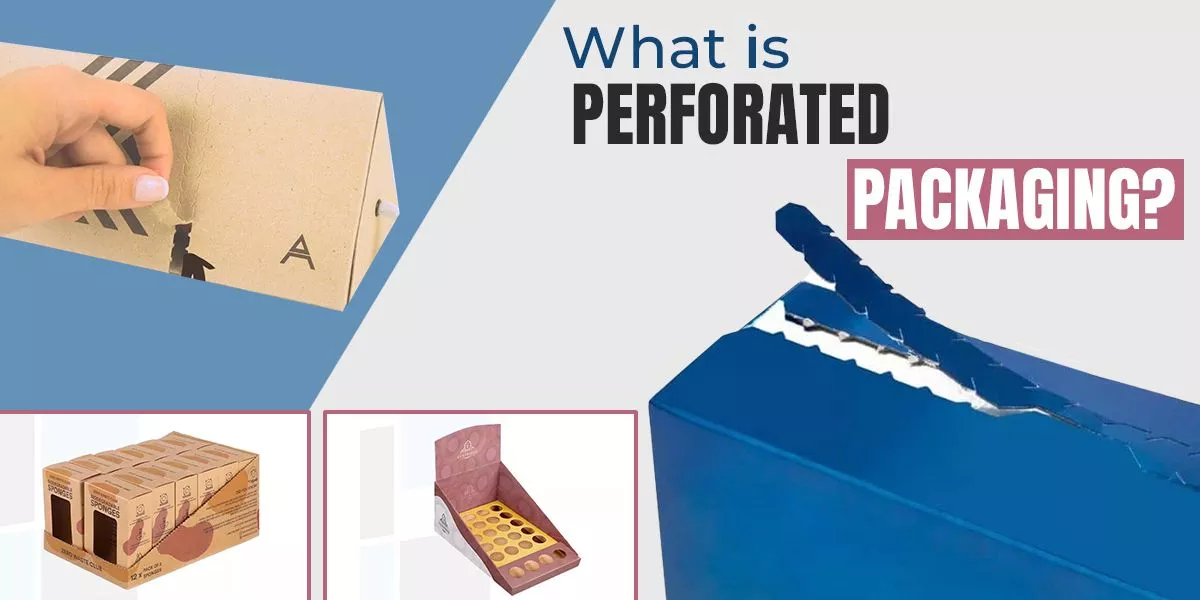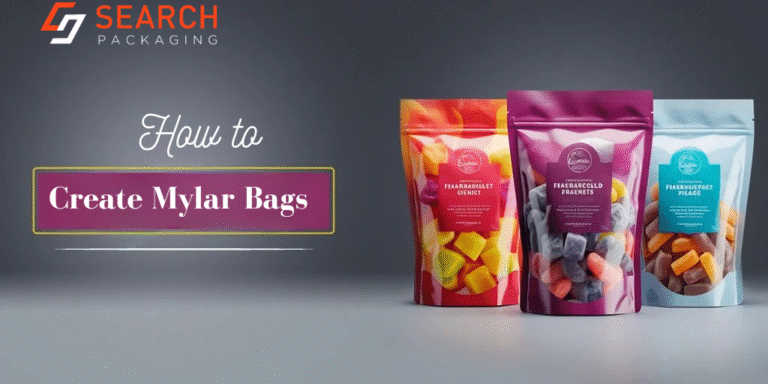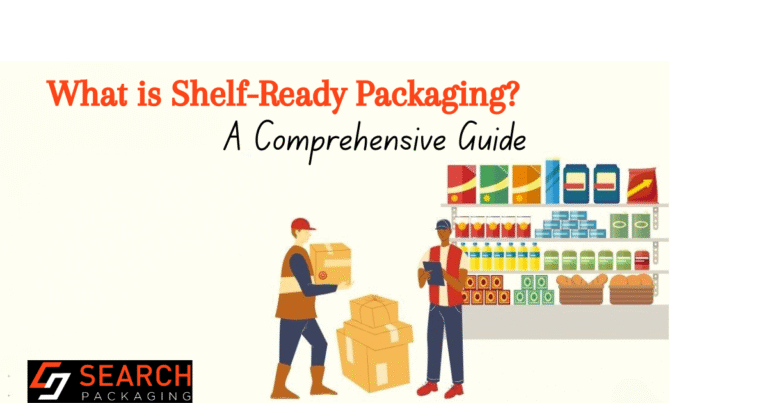The perforated packaging has transformed how the goods are stored, shipped and even displayed. Perforation is an economical way to add value to your business by making packaging more convenient, efficient, and satisfying to the consumer.
In this blog, we’ll dive into what perforated packaging is, the type of perforated packaging and the advantages it provides to both the business and the consumer.
What is Perforated Packaging?
Perforated packaging is any packaging that contain a number of small holes or cuts, designed to be torn along a specific path. The perforation simplifies the process of opening, separating or ventilating of such packaging without the need of assistance of other tools such as scissors or knives.
Perforations can be:
- linear (straight lines)
- Round holes (breathability or ventilation holes)
- Zipper style tear strips
- Customized die cut forms
The food, pharmaceuticals, retail/e-commerce and industrial markets are known to use this type of packaging.
Benefits of Using Perforated Packaging
1. Easy Opening and User-Friendly Experience
Perforated packaging eliminates frustration. Customers can easily cut boxes, pouches, or cartons by using very little amount of force. It comes in handy especially with the seniors, kids and users on the move.
2. Improved Product Presentation
In a store setting, they are perforated to create tear-away panels to turn cases into displays. The feature does not only save on time and effort used by store staff but also would increase shelf appeal.
Example: a perforated display box of granola bars that allows consumers to get an easy access to the product but keeps the box upright and identifiable with a brand.
3. Ventilation and Breathability
Perforations in packaging for produce, bakery items, and electronics help regulate moisture and airflow. This maintains a fresher level and minimizes waste of products when shipped and stored.
4. Customizable Tear Paths for Safety and Security
This is enhanced by tamper-evident packaging which has perforated sealers. Shoppers are able to tell at a glance whether a product has been tampered with or not. Businesses are also able to personalize tear zones with their own branding experiences that do not affect the functionality.
5. Sustainability and Cost-Efficiency
Perforated packaging may have less material,, and may be able to avoid secondary packaging (such as plastic films or additional tape). This will reduce production expenses and sustain environmental friendly activities.
6. Versatile Applications Across Industries
From shipping and retail to pharma and foodservice, perforated packaging is adaptable across sectors:
- Retail display boxes
- Perforated shrink wrap
- Blister packs
- Microwaveable food containers
- Mailers with tear strips
This versatility gives businesses the flexibility to create targeted solutions.
Various Types of Perforated Packaging
A perforated package can take different forms depending on the product and the industry and each form is specifically oriented to specific product and industry requirements. Perforations available include easy-tear boxes and pouches that are breathable so that if you wish to do so, you can both improve both the functionality and also the presentation.
1. Tear Strip Perforation
This type comprises a thin line of little cuts or punches wherein it is easy to tear off a packaging. It can be found in mailer boxes, shipping cartons, and retail packaging where it gives retail customers the convenience of an easy-open or tear experience.
2. Ventilated Perforation
They are tiny openings in the packaging to provide passage of air. Ideal to keep things warm or cold in transit.
3. Micro Perforation
Micro perforations are small, laser-made holes that allow regulating the airflow in the packaging without diffusing the protective barrier. They find applications in food packaging and, in particular, in microwavable meals or snacks.
4. Zipper Perforation
This is a combination of both perforation and a resealable zipper technology so that multiple openings of the bag can be done without affecting the integrity of the product.
5. Display Tear-Back Panels
This is the larger perforated tear strip style that is used mostly in retail display boxes, and is used to separate the display packaging and create a self display packaging.
6. Perforated Shrink film
The shrink wraps that have lines cut across them will allow the customers or the staff to easily open the plastic without need to involve the use of knives or scissors.
7.Perforated Blister Cards
These are the features of perforation between every product segment, which is the best application in the division of individual doses or units.
Perforated vs. Non-Perforated Packaging: Which One Is Better?
Packages with perforations have lines, holes or cuts so that they are easily opened, ventilated or exhibited, non-perforated packaging have solid and closed surfaces that ensure complete protection and shelf life.
Choose Perforated Packaging if:
- You want easy-open features for customers
- You sell something that requires ventilation (e.g. produce, baked goods)
- You need a retail-ready display option
- You value user convenience and improved shelf appeal
Choose Non-Perforated Packaging if:
- Your product needs maximum protection and moisture resistance
- You are transporting goods that no one is supposed to tamper with
- You need storage of long term in non-exposure
Verdict:
Perforated packaging is better for convenience, branding, and retail functionality, while non-perforated packaging is ideal for security and protection. The right choice depends on your product, audience, and distribution channel.
Final Thoughts
Perforated packs are an intelligent, low-cost, easy to use, customer ad-friendly and utilitarian package providing a combination of both practical and promotional benefits. It does not matter whether you are introducing a new product or need to remodel your current packaging by doing perforation; it can make the difference.
FAQs
Can perforated packaging be recycled?
In most cases perforated packaging is made of recyclable materials such as cardboard, kraft paper or biodegradable plastics.
Is it possible to add perforation to any box?
Absolutely. Most types of packaging can include perforations and these can be customized in any orientation, size and shape.
Does it cost more than normal packaging?
No, in most instances, perforated packages are less material intensive and in a majority of the instances, do not require such extras as adhesives or secondary wrappings, which makes them cost-effective.
Is it possible to brand perforated packaging?
Yes. Perforation gives a printed design a smooth, branded appearance that provides functionality and unique decoration.
Does perforation make the packaging weaker?
No-that, when properly done, perforation leaves strength and adds utility. Periods are carefully perforated by engineers in a way to make them avoid compromising durability
Is it possible to package and ship in perforated packaging?
Yes, particularly when it comes to subscription boxes or internet-based businesses. Tear strips facilitate opening of the container without causing damage to the contents during transit especially when in transit.




